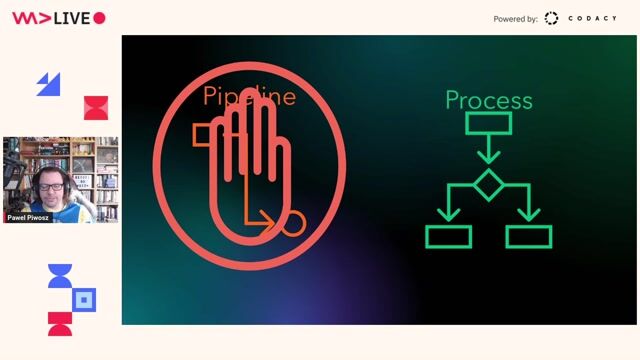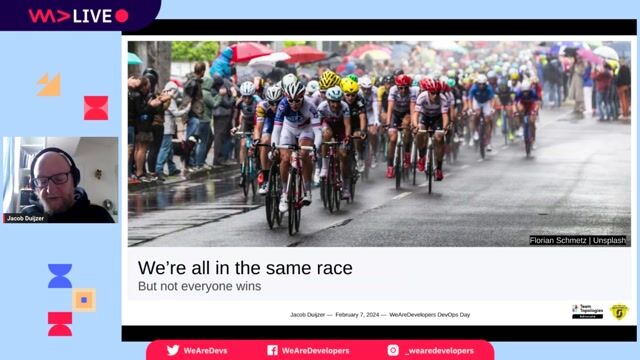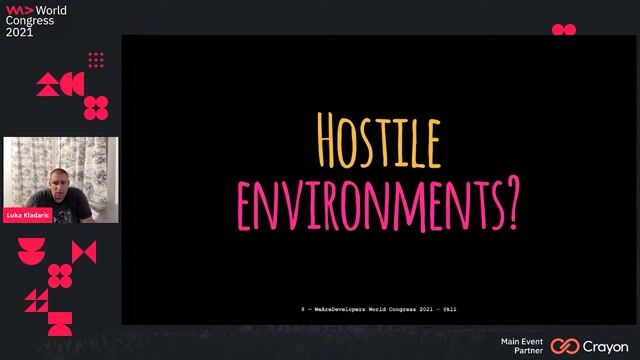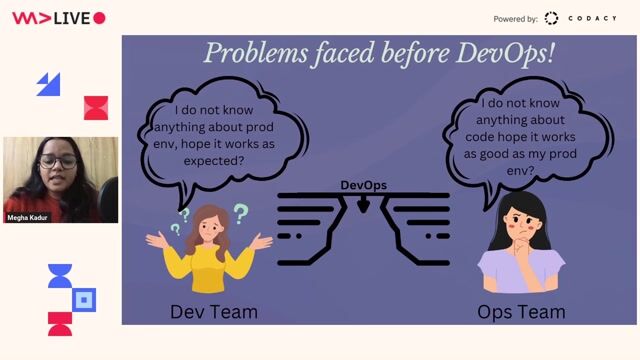Josh Armitage
Charting the Journey to Continuous Deployment with a Value Stream Map
#1about 2 minutes
Core principles for achieving continuous deployment
Value stream maps focus on how you deliver, software delivery is about building confidence, and continuous deployment is a realistic goal for most teams.
#2about 1 minute
Defining continuous deployment and its goals
Continuous deployment is the automated process of releasing a merged commit to production without human involvement to maximize time spent on value-adding activities.
#3about 1 minute
Classifying work with lean activity types
Lean principles categorize all work into value-generating activities to maximize, necessary waste to minimize, and unnecessary waste to eliminate.
#4about 3 minutes
Measuring elite performance with DORA metrics
The four DORA metrics—lead time, deployment frequency, time to restore service, and change failure rate—provide a verified way to measure and benchmark software delivery performance.
#5about 3 minutes
Optimizing delivery with small batch sizes
Reducing batch sizes lowers risk and increases predictability by minimizing holding costs and transaction costs through automation like CI/CD.
#6about 2 minutes
Using value stream mapping as a software gemba walk
Value stream mapping adapts the lean concept of a Gemba walk to software, allowing teams to visualize and non-judgmentally observe their end-to-end delivery process.
#7about 4 minutes
How to run a lightweight value stream mapping workshop
A simple workshop using a whiteboard and post-it notes can map the entire process from idea to value, using different colors to represent branching strategies.
#8about 5 minutes
Analyzing the map to find confidence-building bottlenecks
By analyzing the value stream map, teams can identify major bottlenecks, such as manual QA wait times, that slow down the process of building confidence for a release.
#9about 5 minutes
Designing a future state with automated regression testing
The ideal future state eliminates bottlenecks by automating all regression testing and shifting manual QA to exploratory testing in production using feature flags or canary deployments.
#10about 4 minutes
Identifying when continuous deployment is not suitable
Continuous deployment may be inappropriate for systems with an inherently high cost of change or high risk of release, such as critical infrastructure or on-premise software requiring travel.
#11about 1 minute
Final summary of key takeaways for your team
A recap of the core ideas: value stream maps focus on process, delivery is about confidence, and continuous deployment is an achievable goal for most teams.
Related jobs
Jobs that call for the skills explored in this talk.
Featured Partners
Related Videos
 56:19
56:19Plan CI/CD on the Enterprise level!
Pawel Piwosz
 57:53
57:53Fast Flow, Not Fast Fluff: Embracing an Eclectic DevOps Coaching Approach
Jacob Duijzer
 34:00
34:00Implementing continuous delivery in a data processing pipeline
Álvaro Martín Lozano
 37:46
37:46Shifting Stress to Progress— Understanding DevOps to do DevOps Better
Sonal Patil
 58:40
58:40Platform Engineering vs. DevOps Why not both?
Christian Strack
 44:42
44:42#90DaysOfDevOps - The DevOps Learning Journey
Michael Cade
 43:00
43:00Shipping Quality Software In Hostile Environments
Luka Kladaric
 52:05
52:05My journey into DevOps world - How it all started!
Megha Kadur
From learning to earning
Jobs that call for the skills explored in this talk.
DevOps Engineer
DevOpsChat
Municipality of Madrid, Spain
Remote
DevOps
Docker
Kubernetes
Continuous Integration
+2





